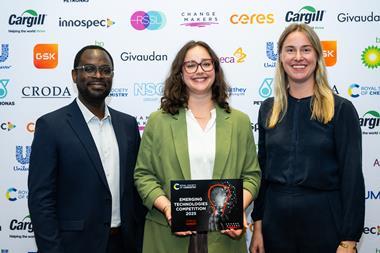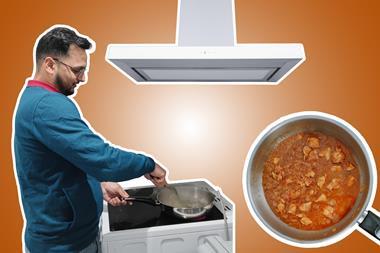The EPA's new limit ten times more stringent
The amount of lead allowed in US air has been slashed tenfold by the Environmental Protection Agency (EPA): the first cut in thirty years. The stricter standard was welcomed by toxicologists, but controls will only be enforced from 2017, since the country’s lead monitoring network needs to be drastically improved to spot polluters.
The new threshold, 0.15 micrograms per cubic metre, is ten times lower than the previous 1978 standard. The threshold is also below the World Health Organization’s ambient air quality guidelines for lead, 0.5 to 1.0 micrograms per cubic metre.
Although leaded gasoline (petrol) was phased out in the US more than 30 years ago, lead remains in the dust of major cities, where its ingestion can cause brain damage, particularly in children. Lead is still used industrially in facilities like waste incinerators, iron and steel foundries, and battery manufacturing plants. Environmental scientists estimate several hundred facilities in the US will be affected by the ruling.
How low can you go?
EPA’s advisory committees gave the agency different opinions on what lead limits should be. Environmental lobby groups wanted a more stringent standard, citing the recommendation of EPA’s children’s health protection advisory committee (CHPAC), which pointed out epidemiological data showing lead’s negative health effects even at very low exposure levels. But toxicologists were generally pleased by the decision. Russ Flegal, an environmental toxicologist with University of California, Santa Cruz, says EPA’s action is long overdue. ’The blood levels in people today are still 100 times above the natural level,’ he says.
EPA says the US’s existing lead monitoring network is insufficient to determine compliance with the new standard. The agency only has 133 monitors dedicated to tracking lead levels in the air, down from roughly 900 in the 1980s. It plans to add another 236 to its arsenal. By October 2011 EPA will designate areas that need to reduce lead air emissions, and states will have until January 2017 to meet the standard or face restrictions on new facilities.
Rebecca Trager, US correspondent for Research Day USA
Enjoy this story? Spread the word using the ’tools’ menu on the left.






No comments yet